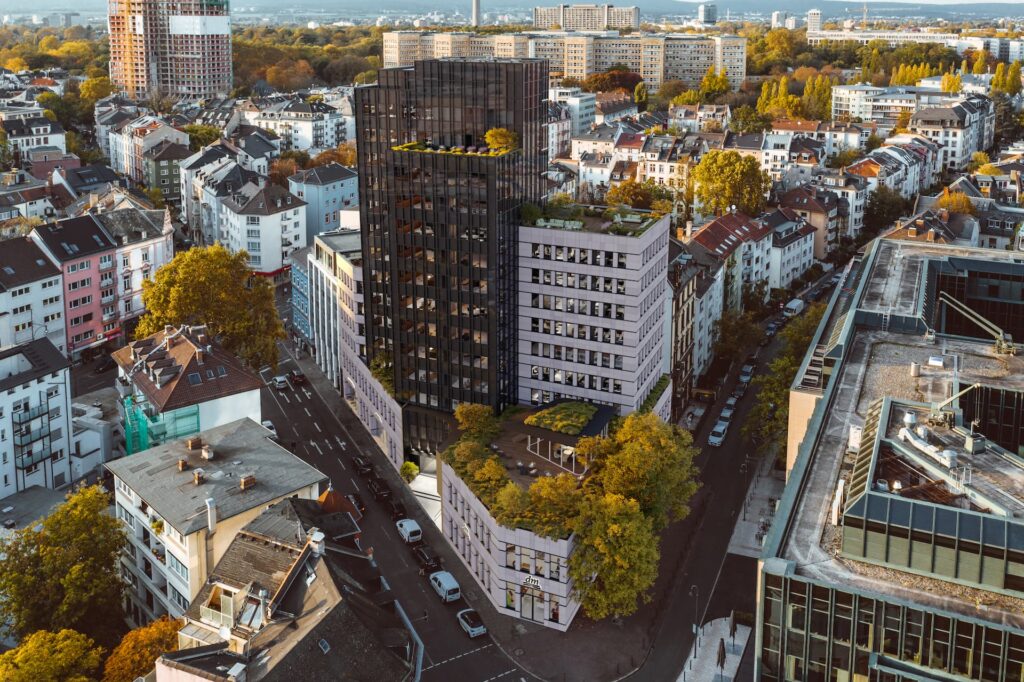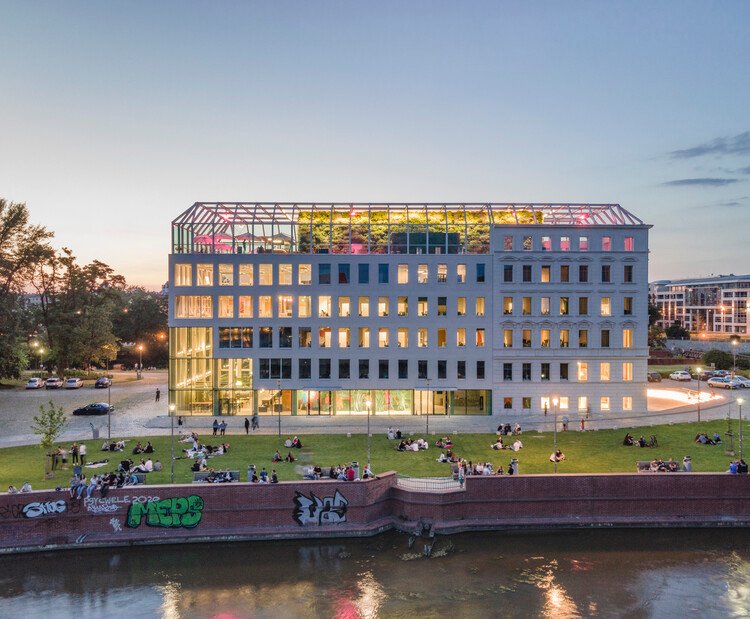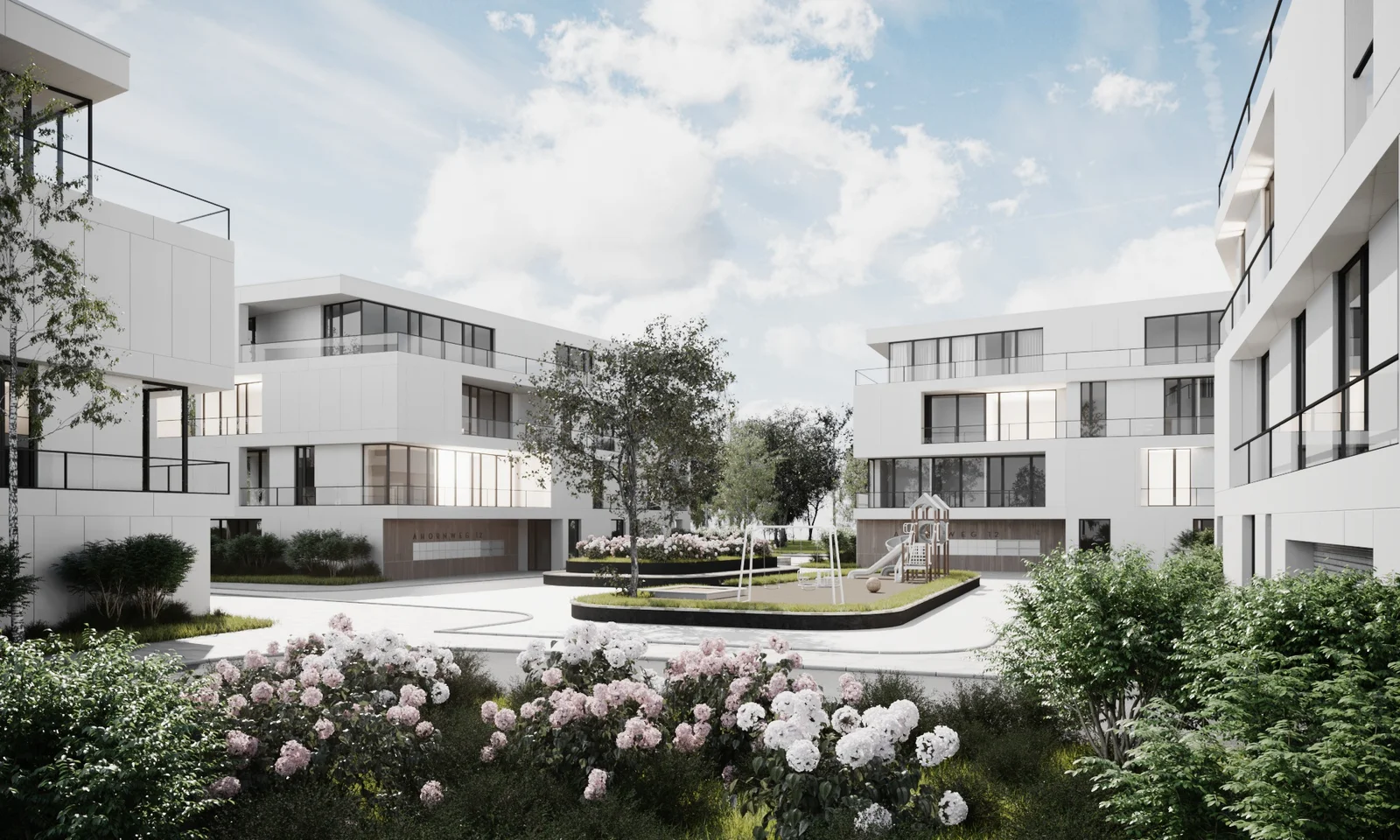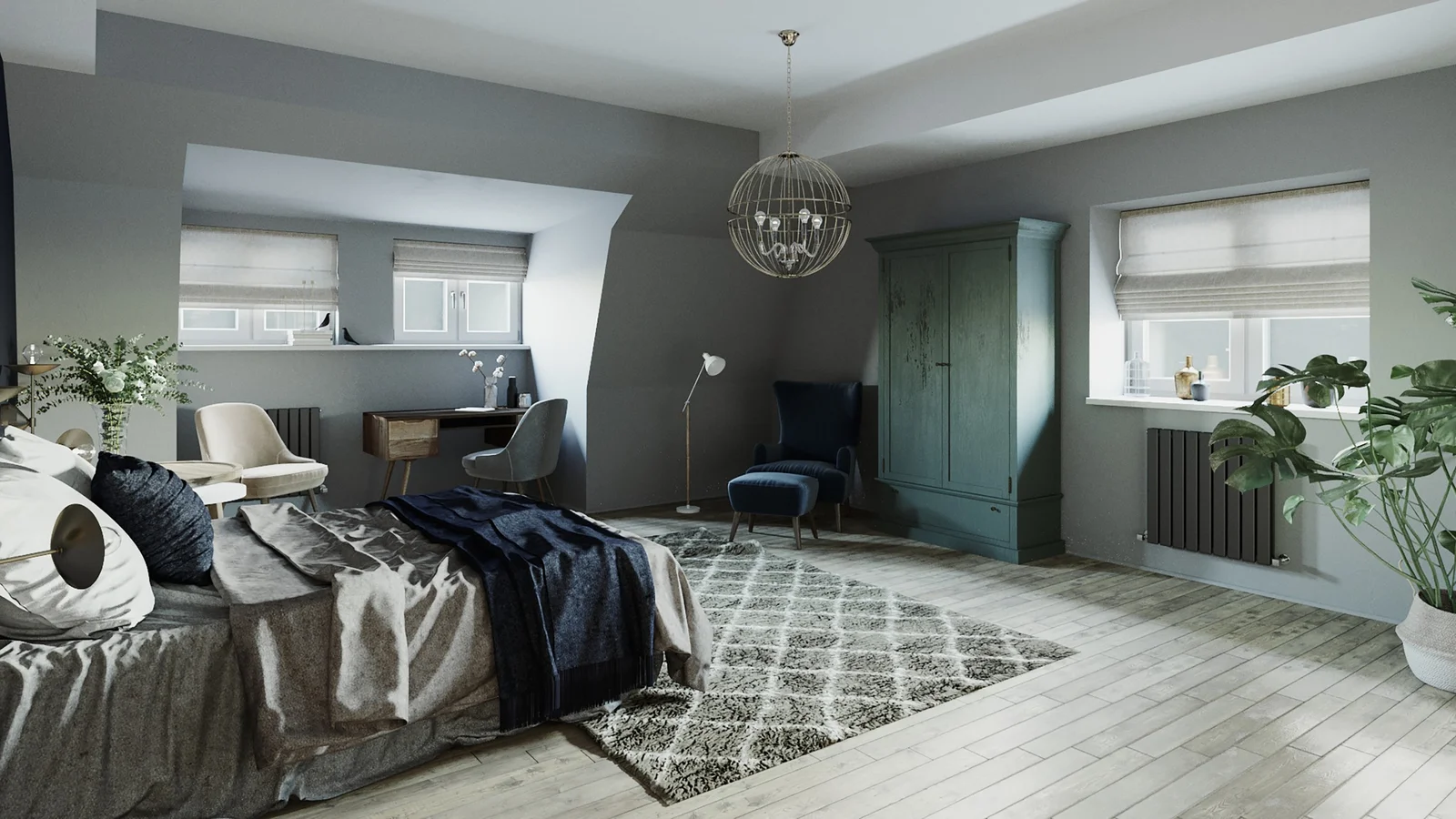Using AI to Automate Material Texturing in Architectural Visualization
In today’s cutting-edge architectural visualization domain, Artificial Intelligence (AI) is making significant strides in streamlining and automating various processes. Among these, the automation of material texturing is a particularly exciting development. This revolutionary approach leverages AI’s advanced capabilities to generate realistic, high-quality textures, thereby reducing manual workload and enhancing the overall architectural visualization experience. This blog post will delve into how AI is playing an instrumental role in automating material texturing in architectural visualization.
The Need for AI in Architectural Visualization
Architectural visualization is a discipline that demands a high level of precision and attention to detail. The process is often time-consuming and labor-intensive, with material texturing being one of the most challenging aspects. Traditional methods of creating textures can be repetitive and tedious, often requiring a broad range of skills and a considerable time investment.
Challenges with Traditional Texturing Methods
Material texturing is a critical component of architectural visualization, contributing significantly to the realism and aesthetic appeal of the final render. However, the process can be quite challenging using traditional methods. It involves creating high-resolution images that replicate the look and feel of different materials, a task that often requires a deep understanding of the material’s properties and how they interact with light.
The Promise of AI
With the advent of Artificial Intelligence, a solution to these challenges is emerging. AI has the potential to automate the process of material texturing, making it faster, more efficient, and less prone to human error. This technology can learn from large datasets of textures and generate new ones based on those learnings, drastically reducing the time and effort required in this process.
## H2: The Process of Using AI to Automate Material Texturing
When it comes to using AI to automate texture mapping in architectural visualization, the process can be broken down into a few key steps. These steps can vary depending on the specific software or AI model used, but generally, the process will follow a similar structure.
Gathering and Preparing Data
The first step in using AI for texture mapping is data gathering. This involves collecting a large number of images that will be used to train the AI model. These images could be of various materials like wood, concrete, glass, and more. The images need to be of high quality and varied to ensure the model can accurately learn the textures.
Once the data has been collected, it then needs to be prepared for the AI model. This usually involves cleaning up the images, labeling them with the correct material type, and splitting the data into training and testing sets.
Training the AI Model
After the data is prepared, it’s time to train the AI model. This involves feeding the training data into the model and allowing it to learn from the images. The model will analyze the images and learn to identify different textures based on the labels provided.
This process can take a significant amount of time, especially if the dataset is large. However, the more data the AI model has to learn from, the more accurate it will be at identifying and applying textures.
Implementing the AI Model in Architectural Visualization Software
Once the AI model has been trained, it can then be implemented into architectural visualization software. This allows the model to automatically apply textures to 3D models based on the images it has been trained on.
This can significantly speed up the texture mapping process, as it removes the need for manual input. It also helps to improve the accuracy of the textures, as the AI model can apply them consistently across different 3D models.
The Benefits of Using AI for Material Texturing
There are numerous benefits to using AI for material texturing in architectural visualization. Not only can it save time and improve accuracy, but it can also help to create more realistic and detailed visualizations.
Time Efficiency
One of the main benefits of using AI for material texturing is the time efficiency. Traditional texture mapping can be a time-consuming process, especially for complex 3D models. However, AI can automate this process, significantly reducing the time required.
Improved Accuracy
AI models can also improve the accuracy of texture mapping. They can apply textures consistently across different 3D models, reducing the risk of human error. This can help to create more realistic visualizations, which is crucial in architectural visualization.
Enhanced Realism
Finally, AI can help to enhance the realism of architectural visualizations. By accurately applying textures, it can create detailed and realistic 3D models. This can help architects and clients to better visualize the final result, improving the design and decision-making process.
Challenges and Future Directions
While the use of AI in material texturing offers numerous benefits, it’s not without its challenges. However, as technology continues to advance, these challenges are likely to be overcome, paving the way for even more exciting developments in the field of architectural visualization.
Data Quality and Quantity
One of the main challenges in using AI for material texturing is the need for high-quality and varied data. AI models learn from the data they are trained on, so if this data is limited or of poor quality, it can impact the accuracy of the texture mapping.
Training Time
Another challenge is the time required to train the AI model. This can be a lengthy process, especially if the dataset is large. However, as technology continues to advance, it’s likely that this process will become faster and more efficient.
Future Directions
Despite these challenges, the use of AI in material texturing is a promising field with a lot of potential for future growth. As AI technology continues to improve, it’s likely that we’ll see even more accurate and efficient texture mapping, leading to even more realistic and detailed architectural visualizations.## H2: The Process of Using AI to Automate Material Texturing
When it comes to using AI to automate texture mapping in architectural visualization, the process can be broken down into a few key steps. These steps can vary depending on the specific software or AI model used, but generally, the process will follow a similar structure.
Gathering and Preparing Data
The first step in using AI for texture mapping is data gathering. This involves collecting a large number of images that will be used to train the AI model. These images could be of various materials like wood, concrete, glass, and more. The images need to be of high quality and varied to ensure the model can accurately learn the textures.
Once the data has been collected, it then needs to be prepared for the AI model. This usually involves cleaning up the images, labeling them with the correct material type, and splitting the data into training and testing sets.
Training the AI Model
After the data is prepared, it’s time to train the AI model. This involves feeding the training data into the model and allowing it to learn from the images. The model will analyze the images and learn to identify different textures based on the labels provided.
This process can take a significant amount of time, especially if the dataset is large. However, the more data the AI model has to learn from, the more accurate it will be at identifying and applying textures.
Implementing the AI Model in Architectural Visualization Software
Once the AI model has been trained, it can then be implemented into architectural visualization software. This allows the model to automatically apply textures to 3D models based on the images it has been trained on.
This can significantly speed up the texture mapping process, as it removes the need for manual input. It also helps to improve the accuracy of the textures, as the AI model can apply them consistently across different 3D models.
The Benefits of Using AI for Material Texturing
There are numerous benefits to using AI for material texturing in architectural visualization. Not only can it save time and improve accuracy, but it can also help to create more realistic and detailed visualizations.
Time Efficiency
One of the main benefits of using AI for material texturing is the time efficiency. Traditional texture mapping can be a time-consuming process, especially for complex 3D models. However, AI can automate this process, significantly reducing the time required.
Improved Accuracy
AI models can also improve the accuracy of texture mapping. They can apply textures consistently across different 3D models, reducing the risk of human error. This can help to create more realistic visualizations, which is crucial in architectural visualization.
Enhanced Realism
Finally, AI can help to enhance the realism of architectural visualizations. By accurately applying textures, it can create detailed and realistic 3D models. This can help architects and clients to better visualize the final result, improving the design and decision-making process.
Challenges and Future Directions
While the use of AI in material texturing offers numerous benefits, it’s not without its challenges. However, as technology continues to advance, these challenges are likely to be overcome, paving the way for even more exciting developments in the field of architectural visualization.
Data Quality and Quantity
One of the main challenges in using AI for material texturing is the need for high-quality and varied data. AI models learn from the data they are trained on, so if this data is limited or of poor quality, it can impact the accuracy of the texture mapping.
Training Time
Another challenge is the time required to train the AI model. This can be a lengthy process, especially if the dataset is large. However, as technology continues to advance, it’s likely that this process will become faster and more efficient.
Future Directions
Despite these challenges, the use of AI in material texturing is a promising field with a lot of potential for future growth. As AI technology continues to improve, it’s likely that we’ll see even more accurate and efficient texture mapping, leading to even more realistic and detailed architectural visualizations.







